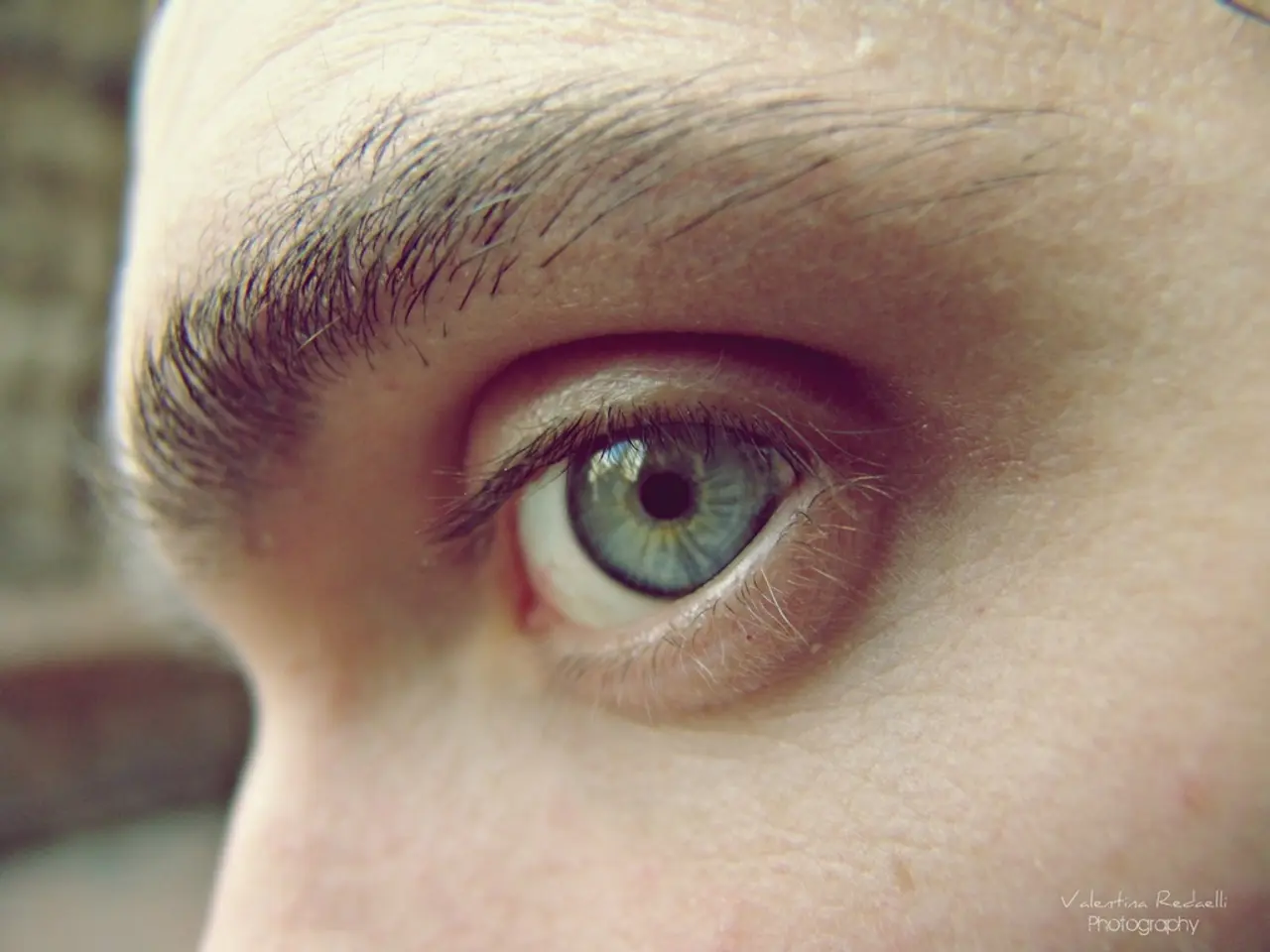Byooviz Information: Pricing, Competitors, Adverse Reactions, and Other Details
Byooviz: A New Treatment for Eye Conditions
Byooviz, a biosimilar prescription medication, is making waves in the medical world as an effective treatment for several eye conditions. Approved by the Food and Drug Administration (FDA) in 2021, Byooviz is a liquid solution that works by inhibiting vascular endothelial growth factor (VEGF), a protein that promotes abnormal blood vessel growth.
Byooviz is FDA-approved for three specific eye conditions: Neovascular (Wet) Age-Related Macular Degeneration (AMD), Macular Edema following Retinal Vein Occlusion (RVO), and Myopic Choroidal Neovascularization (mCNV) in adults.
In the case of wet AMD, Byooviz helps to slow the growth of abnormal blood vessels under the macula, preventing swelling and potential vision loss. For RVO, Byooviz treats the resulting macular edema, a condition where swelling occurs due to a blockage in the retinal vein. Byooviz is also effective in treating mCNV, a condition that can develop in some people with myopia, where abnormal leaky blood vessels grow under the macula.
Clinical trials have shown that Byooviz has comparable efficacy and safety to its reference biologic, LUCENTIS. Patient testimonials support this, with reports of rapid and sustained improvement in vision, including dramatic reduction in retinal swelling for macular edema cases.
However, like any medical treatment, Byooviz is not without its side effects. These may include conjunctival hemorrhage, eye pain, vitreous floaters, and increased intraocular pressure, consistent with risks inherent in intravitreal injections and VEGF inhibitor therapy.
In summary, Byooviz is an effective treatment for wet AMD, RVO-related macular edema, and mCNV. Clinical trials confirm its efficacy and safety, comparable to the original biologic LUCENTIS. Patient testimonials support meaningful vision improvement in these conditions. Side effects typical of intraocular anti-VEGF therapy should be monitored.
Byooviz is not recommended for children under 18 years of age, as its safety and effectiveness in this age group are not yet known. Symptoms of mCNV can include sudden darkness or blurriness in the center of vision. Byooviz is not known to interact with alcohol.
The usual dosage for wet AMD and macular edema following retinal vein occlusion is one injection per month, while for mCNV, it is one injection per month for up to 3 months. Other drugs may be used to treat these conditions, including Eylea, Avastin, Beovu, Vabysmo, Lucentis, Susvimo, Cimerli, Verteporfin, and Ozurdex.
In the fight against vision loss, Byooviz is proving to be a valuable tool. Its approval marks a significant step forward in the treatment of eye conditions related to abnormal blood vessel growth and fluid leakage in the retina.
- Byooviz, a drug approved by the FDA in 2021, is effective in slowing the growth of abnormal blood vessels associated with Wet Age-Related Macular Degeneration (AMD), a medical-condition that can lead to vision loss.
- Byooviz is also used to treat Macular Edema following Retinal Vein Occlusion (RVO), a condition where swelling occurs due to a blockage in the retinal vein, and Myopic Choroidal Neovascularization (mCNV) in adults, a condition that can cause leaky blood vessels under the macula.
- Deciders of eye-health and wellness should be aware that Byooviz, like any medical treatment, comes with potential side effects such as conjunctival hemorrhage, eye pain, vitreous floaters, and increased intraocular pressure.
- In the context of health-and-wellness and medical-conditions, Byooviz, a biosimilar prescription medication, is proving to be a valuable tool in the fight against vision loss, particularly for conditions involving abnormal blood vessel growth and fluid leakage in the retina.




